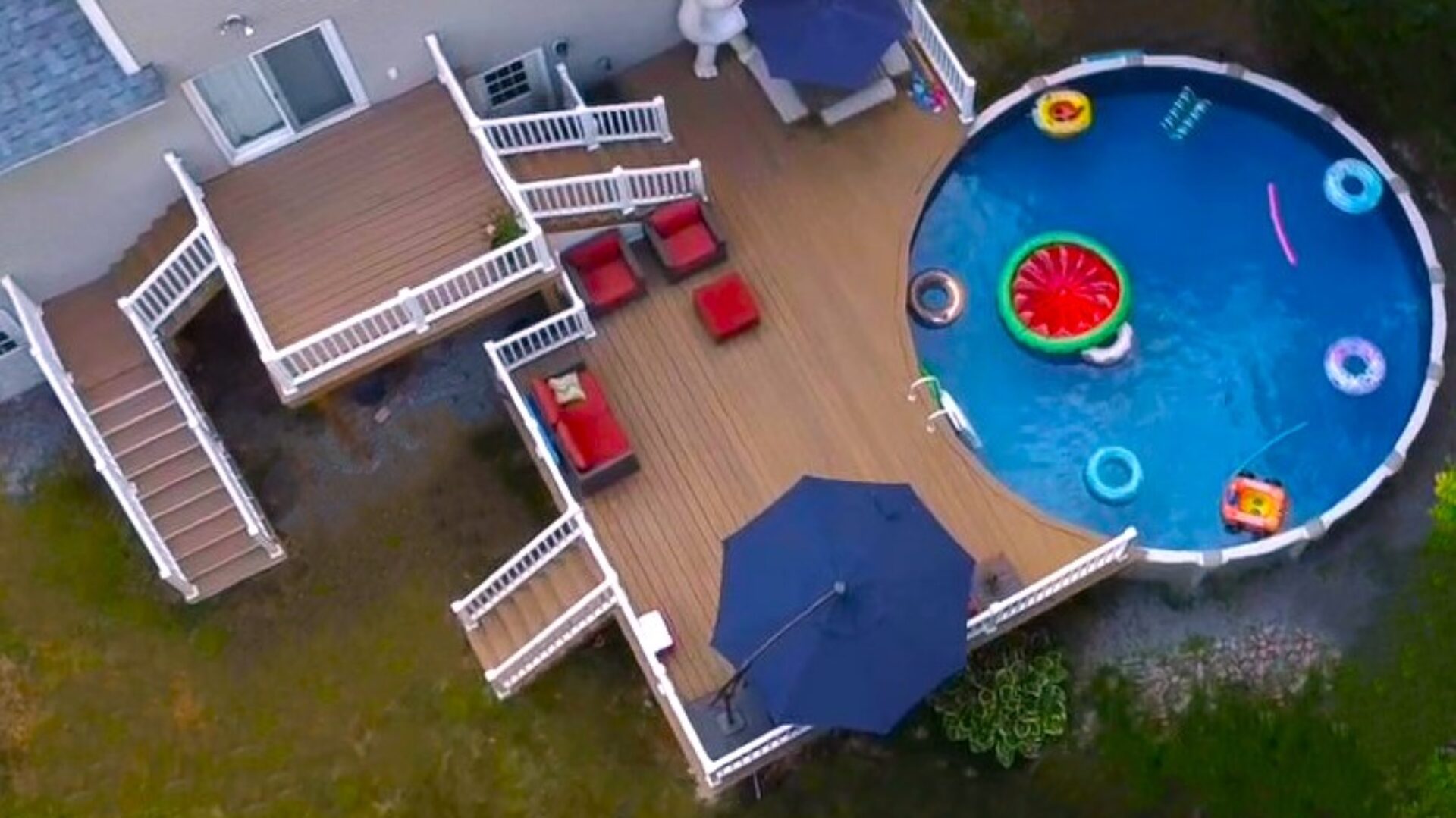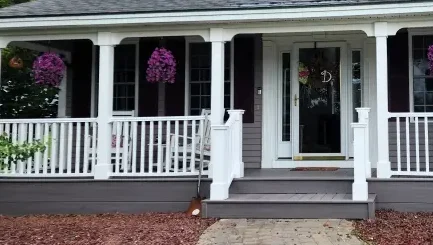There was a time when the front porch wasn’t just part of a house—it was the heartbeat of a community. In the evenings, families would gather to escape the lingering warmth of the day, neighbors would pause their evening strolls to swap stories, and children would perch on the steps, their ice cream cones dripping in the glow of the setting sun. In New Hampshire, where small towns and tight-knit communities have always thrived, the front porch wasn’t just a structure; it was a way of life—a place to rest, to connect, and to watch the world roll by like the tide on the Merrimack.
The Rise of the Porch Culture
The front porch became a hallmark of American homes in the 19th century, especially with the rise of Greek Revival and Victorian-style architecture. By the late 1800s, a porch was more than just a shady retreat—it was a symbol of leisure and neighborly connection (Isenstadt, 1999). In New England, porches were both practical and social, offering shelter from the sun and a place to enjoy a gentle summer breeze. Stroll down a historic street in Portsmouth or Concord, and you’ll still find porches adorned with rocking chairs and hanging ferns, silent echoes of the conversations they once hosted.
Decline of the Porch: The Automobile and Air Conditioning

So, what happened? Why did we abandon this time-honored tradition? The shift started in the mid-20th century. The automobile changed how neighborhoods were designed—yards grew larger, garages took center stage, and fewer people walked past their neighbors’ homes, cutting down on those spontaneous front-porch conversations (Jackson, 1985).
Then came air conditioning. Before AC, the porch was an escape from the stifling indoor heat, but once homes became climate-controlled, people retreated inside. The social hub moved from the front of the house to the backyard, where enclosed patios and private decks replaced the once-beloved porch (Wilson, 1991).
The Porch Comeback: New Hampshire’s Outdoor Revival
Lately, though, something interesting has happened. In New Hampshire, where the landscape begs to be enjoyed, there’s been a revival of outdoor living. Homeowners, perhaps yearning for a bit of that old-fashioned charm, are reclaiming their porches—or at least their modern equivalents. While classic front porches are making a slow return, decks have become the new gathering spaces, places where folks can reconnect with nature and one another.
Today’s decks aren’t just wooden platforms slapped onto the back of a house. They’re built for all seasons—covered, screened-in, sometimes even heated—so that Granite Staters can embrace the elements without giving up comfort. Some homeowners are even taking a page from history, adding wrap-around porches and front-facing seating areas to bring back that sense of connection (New Hampshire Preservation Alliance).
Bringing Back the Porch Culture in Your Own Home

If you want to revive a bit of that old New Hampshire porch magic, consider these touches:
- Rocking chairs or porch swings – Nothing says “stay awhile” like a good rocking chair and a quiet evening breeze.
- A welcoming design – Open railings, warm lighting, and thoughtful décor can make a space feel inviting.
- Functional spaces – It’s not just about looks—add a small table for morning coffee or a screened area for reading.
- Connection to the neighborhood – If space allows, face your seating toward the street. It’s amazing how a simple wave to a passing neighbor can lead to a conversation.
Maybe it’s time we bring back the lost art of sitting on the porch. Whether it’s a classic front porch or a modern deck capturing that same spirit, the important thing is to create a space that welcomes conversation, relaxation, and appreciation of the outdoors. After all, in New Hampshire, where the seasons change but the sense of community endures, some traditions are worth holding onto. And as you sit, rocking gently with a cup of coffee in hand, take a moment to soak it all in—because this, right here, is what home should feel like.


